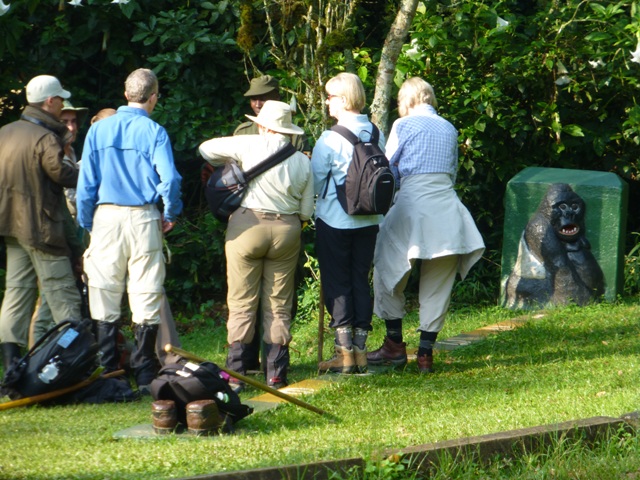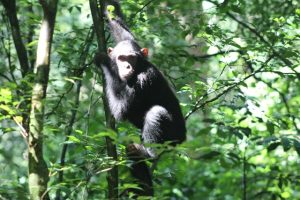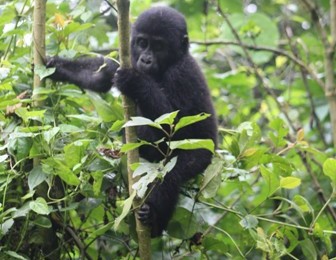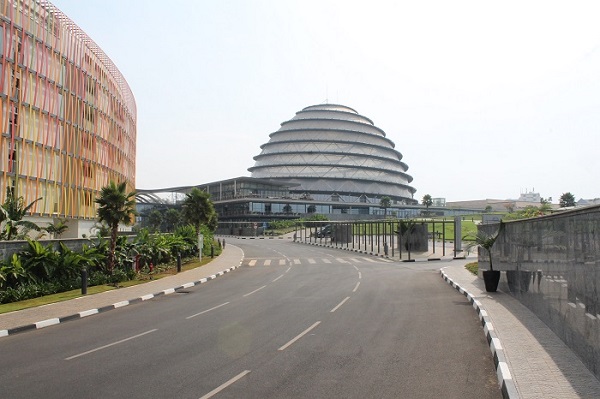
One of the most asked questions by tourists planning for gorilla trekking in Rwanda or gorilla trekking in Uganda is how they will need to dress up or what to wear on the day of the trek? For experienced trekkers this is not much of a challenge to figure the suitable clothing for the outdoors, but for many that will have the gorilla trek presenting a rare opportunity they trek in the jungle, picking the right outfit is something they think critically about.
Below I discuss how you should dress up for a comfortable and safe trek in the gorilla mountains in Uganda and Rwanda.
Sleeved shirt – lightweight breathable
A shirt with long sleeves is essential to protect your arms from insect bites and being pricked by thorny or rough plants. Stinging nettles are the true menace in the jungle, a slight rub off a leaf instantly puts your skin on fire. Guides will try to point out a stinging nettle for you when its seen.
You should also consider lightweight breathable material to keep your body cool and fresh in the heat of the trek
Long pants/trousers
Long pants like long sleeves will help protect your legs from scratches and insects constantly trying to climb up your legs. The long pants also protect from mud and dust depending on the weather conditions.
Neutral colors (khaki) – nature blending colors
Choose neutral or nature blending colors. Bright colors such as red are easily noticed by wildlife especially birds that will flee. Meanwhile insects are attracted to dark colors so you will end up having to constantly be wading off insects hovering all around you causing great inconvenience.
Colors green and brown are the best.
Khaki is almost a standard for the safari.
Hiking shoes
Many that have attempted to trek the gorillas while putting on crocs, heels, slippers, office shoes have had a miserable experience. You need trekking/hiking shoes with good traction to keep you from slipping as you trek on uneven ground that can get very slippery in case of rain. Mid-cut to high-cut would be the ideal especially for the inexperienced to protect your ankles.
Your sneakers may be just fine if you are used to using them for trekking.
Gaiters or long socks
Gaiters will protect your pants from dirt and keep away insects from crawling under your pants. If you can’t get gaiters carry long socks that you can tuck your pants in.
Hat/cap or hood
A hat or cap is essential to protect your head from small particles. It also provides shade over your face. A hood would also be help if a hat is unavailable.
Rain jacket
This is very essential if you will be trekking during the rainy season (March to May & Oct to Dec), but it is also not unusual to experience sporadic rains even during the dry season. You are trekking in a rainforest on a highland so expect rain any time and have a rain jacket on you.
Garden gloves
Not so essential but useful to protect your hands as at some point you will push tree branches and shrubs out of your way using your hands. They also keep you warm in the chilly mountain forest.


